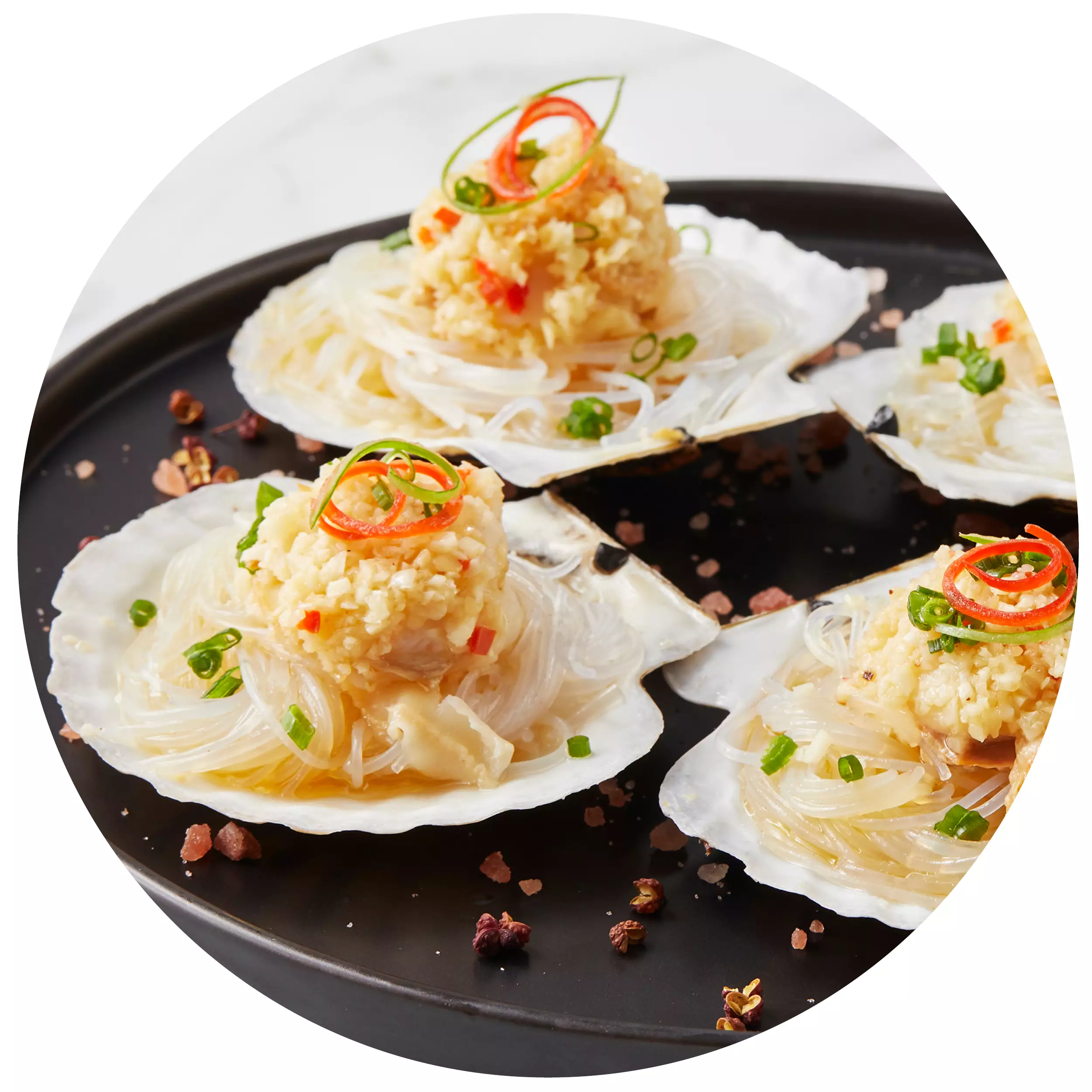Riesling

Riesling is one of the highest quality grape varieties, owing its worldwide reputation to its lively acidity and diverse aromas shaped by the terroir.
Facts
-
40
of global production in Germany
-
24.410
hectares vineyard area 2022
-
13 March
Riesling-Birthday
Cultivation
The Riesling is a slowly ripening grape variety whose defining element is its fruity acidity. It is therefore predestined for the northern growing regions, where it completes its ripening in the late autumn sun. It makes the highest demands on the location (energy), but low demands on the soil. Depending on the location (soil type and microclimate), it produces very differently nuanced wines. Optimal conditions are offered by the heat-retaining stony steep slopes along the river valleys.
Significance
It is considered the flagship of German viticulture. Like no other grape variety, Riesling determines the worldwide image of the 13 German wine-growing regions. Germany is considered the home of Riesling - after all, with 24,410 hectares (2022), about 40% of all Rieslings in the world are grown in German vineyards.
In the Rheingau, Riesling takes up almost 78% of the available vineyard area there with around 2,460 hectares (2022). The largest German Riesling growing region is the Palatinate (approx. 5971 ha), followed by the Moselle (approx. 5,354 ha) and Rheinhessen (approx. 5,304 ha). Larger Riesling areas are also found in Württemberg (approx. 2,134 ha), on the Nahe (approx. 1,236 ha) and in Baden (approx. 911 ha).
Development and taste
Riesling wines are available in all quality levels and flavours. Some are matured in traditional wooden barrels. In addition to uncomplicated everyday wines, there is a rich selection of Prädikat wines. In the higher quality levels, residually sweet or noble sweet wines are more common, but many quality or Kabinett wines (especially in the northern growing regions) are also balanced with a subtle sweetness to compensate for the high acidity.
The "typical" Riesling is pale yellow in colour, tending towards greenish-yellow, with a predominantly peach or apple aroma and a racy acidity in the mouth. Rieslings from slate soils are said to have a mineral note, some wines smell of flint, age-ripened growths often have an interesting petrol tone.
The natural acidity offers good potential for sparkling. Thus, we find vintner's sparkling wines from Riesling in many wineries. Edelsüße Beerenauslesen or Eisweine are among the most highly traded German wines, also internationally. Rieslings should be drunk at the earliest one year after the harvest; many only reach their optimal drinking maturity after a few years. The shelf life of top wines is almost unlimited.
History
The early spread of Riesling, with first evidence dating back to the 15th century, the growth, the size of the grape berries, the long ripening period and frost resistance show its relationship to wild vines. The longest Riesling tradition is probably with the winegrowers in the Rheingau and on the Moselle; there are historical documents from there that can be dated to 1435 and 1465 respectively. On 13 March 1435, the word Riesling was mentioned in a document for the very first time. Evidence of its distribution in what is now Rheinhessen and the Palatinate dates from the end of the 15th century and the first half of the 16th century.
Riesling was one of the grape varieties recommended by the state not only today, but also in the 17th and 18th centuries. There is still some debate about the derivation of the name: is the word Riesling associated with trickling, with brisk acidity, with "noble rice" or with Rusling (dark wood)? Internationally it is known as "Rheinriesling", for Baden Riesling wines the synonym "Klingelberger" may be used. Our "Weißer Riesling" has nothing in common with Welschriesling, which is cultivated in Austria, Italy and Slovenia, among other countries.
The name researcher Prof. Dr. Jürgen Udolph has published a scientific article on the origin of the name "Riesling" under the title "Woher hat der Riesling seinen Namen".
Are Welschriesling and Schwarzriesling related to the classic Riesling?
No! Both are actually independent grape varieties from the classic Riesling. Welschriesling is a white grape variety whose roots are still unclear today. In France, the red grape variety Schwarzriesling is part of the Champagne cuvée.
This might also interest you
Tips from Chinese cuisine CHINA : Steamed scallops with vermicelli
German wines have a natural advantage when it comes to entering into perfect harmony with selected Asian dishes. With a lighter alcohol content, sometimes crisp acidity, moderate residual sweetness or soft tannins in the case of red grape varieties, they are a perfect match for a wide range of styles of Asian cuisine.
- 4 Scallops
- 1 Bündel Mung bean noodles
- 2 Garlic
- 12 Cloves
- 2 EL Oil
- 1,5 EL Chinese rice wine
- 1 EL Light soy sauce
- 1 Fresh chili
- 2 Spring onions
PREPARATION
1. Clean the scallops, take out the scallop meat and marinate in the rice wine. Wash the shells.
2. Mash the garlic, mince the spring onions and the fresh chilli.
3. Heat a pan with oil over high heat, add garlic and fresh chilli, stir for 1-2 minutes, then put it into a bowl, add light soy sauce and mix well to make the garlic paste.
4. Place the vermicelli in a bowl and soak in warm water for 5 minutes until soft.
5. Take the scallop shells, arrange the vermicelli across these, and place a scallop on each.
6. Pour the garlic sauce evenly over the scallops.
7. Steam the scallops for 6 minutes.
8. Sprinkle with chopped spring onions.
- Riesling (trocken)
- Grauburgunder / Pinot Gris (trocken)
- Riesling (halbtrocken & feinherb)
- Grauburgunder / Pinot Gris (halbtrocken & feinherb)





